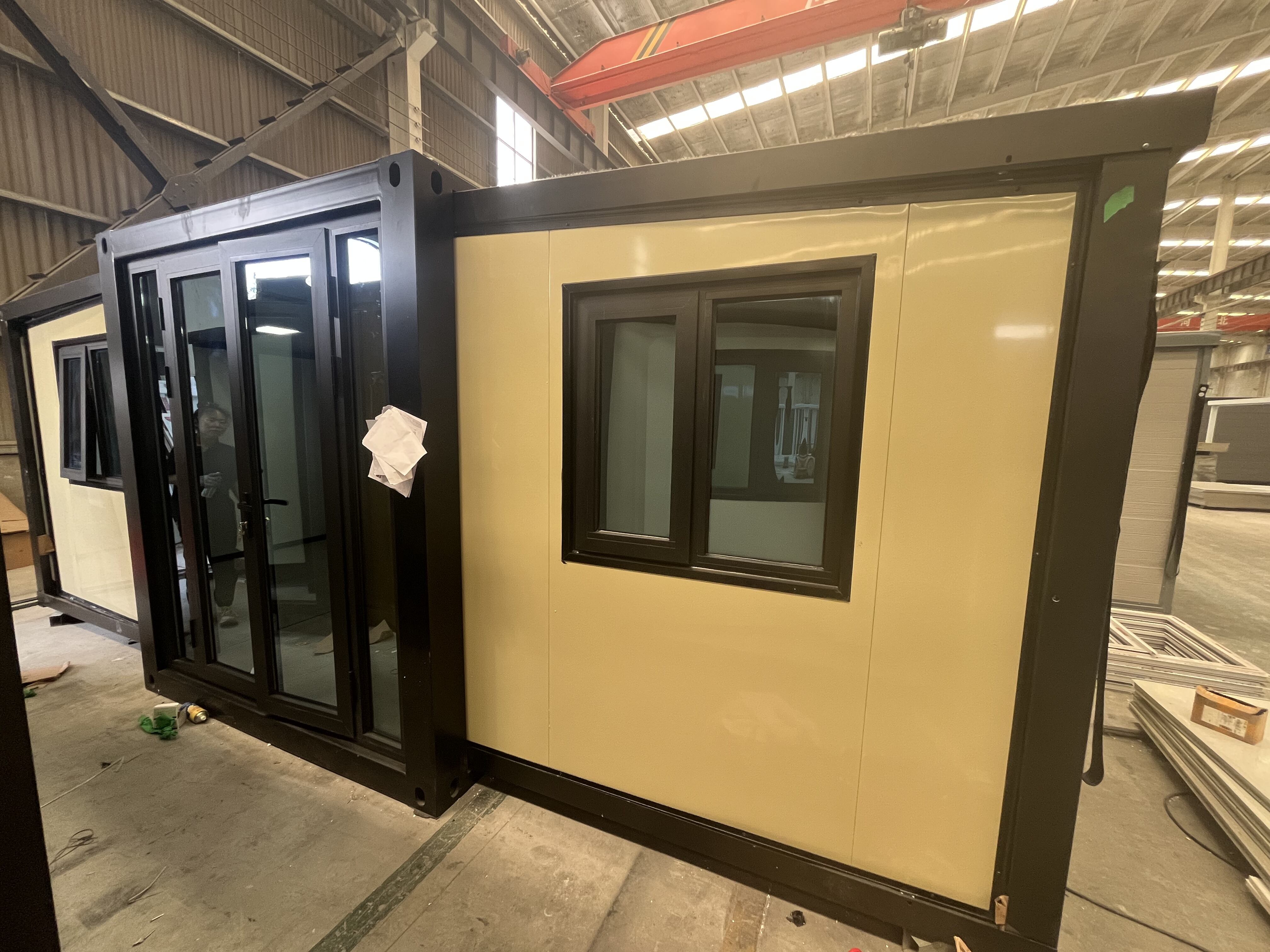With the relentless increase in urban migration and the shift in people’s living and working patterns, new sustainable approaches to housing construction are becoming more vital. The concept of movable houses, also referred to as tiny homes or mobile homes, stands out for its innovation. Tiny houses fall into the category of flexible or mobile housing options, which meet the needs of modern living while emphasizing sustainability and cost effectiveness. We will analyze the benefits, shortcomings, and upcoming expectations of movable houses and their impact on the future of housing within this blog.
Affordability comes as the first apparent advantage associated with movable houses. Modern housing markets have already seen massive increases in prices, making it impossible for many people to consider purchasing a home. These types of homes require lower initial investment costs, and with fewer maintenance requirements, movable houses present a more reasonable option. This consideration is marked as especially attractive for millennials and young professionals focusing on financial independence and enhanced geographical mobility. Movable houses can be placed in different sites giving the occupants the freedom of choosing environments that suit their lifestyles best.
Movable houses are eco-friendly by their nature. Different designs feature system such as solar panels and rainwater harvesting. These additions not only minimize carbon emissions on the household level, but also promotes living in an eco-friendly manner. Due to global warming, people are looking for eco-friendly options which increases the popularity of movable houses. Moreover, the fact that these homes can be relocated is a great advantage in cases of environmental changes like rising sea-levels and urbanization.
Yet, there are several problems associated with the increase of movable houses. Zoning laws and building codes are obstacles that can restrict the use of movable houses. A lot of regions have specific laws pertaining to the zoning of movable houses that placed restrictive requirements such as the house being built on a fixed foundation. Altering these rules is the goal of advocacy groups who aim to shift the perception of movable homes to enable them to live alongside traditional housing. With the adoption of these ideas, the acceptance of movable houses in communities will likely increase.
The design and technology of movable houses are advancing at a rapid pace. Innovations in construction techniques and materials have made designs more appealing and increased their durability. There is an enormous selection of minimalist tiny homes to lavish mobile villas which caters to every conceivable need and taste. Moreover, movable houses are equipped with smart home technology enabling easy control of the environment. With such advancements, the number of people interested in movable houses will most likely increase in the future.
In the long term, it is crystal clear that flexibility and adaptability will characterize the future of housing. Movable houses are leading this trend since they address the modern day need for sustainability, affordability, and mobility. The more accepted this lifestyle becomes, the more purpose-built urban centers and supportive housing policies we will witness that promote the use of movable homes in society. The shift towards movable houses is not just about new living accommodations. Rather, it signifies a change in culture towards sustainability and a more adaptable lifestyle.





